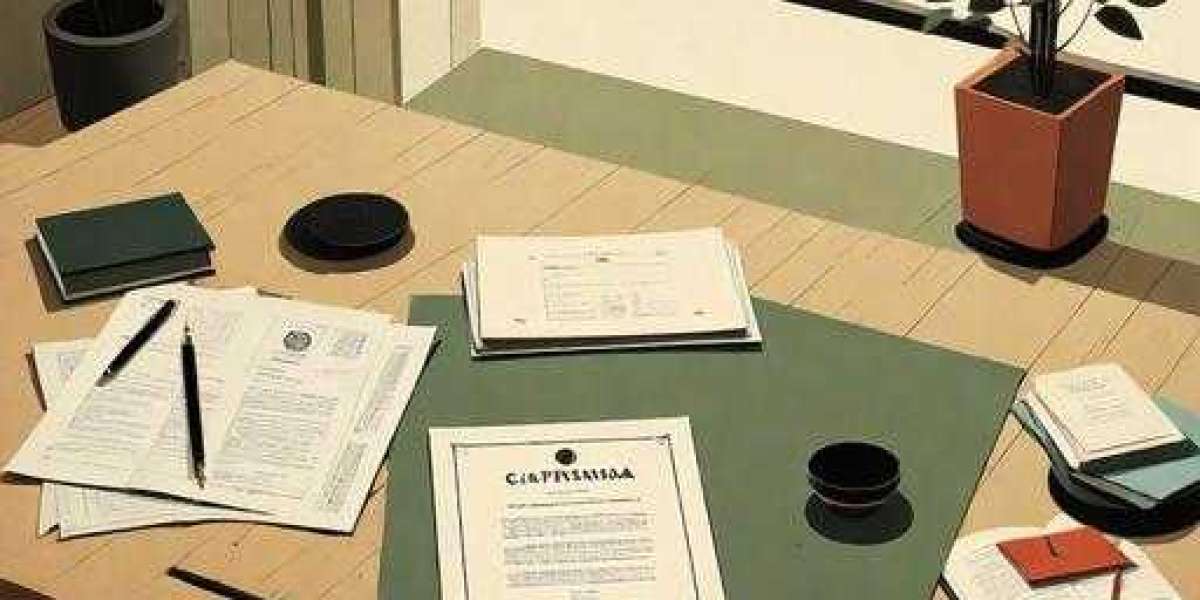Split anchor drilling plays a critical role in various construction projects, from hydropower stations and highways to urban deep foundation pit support. This technique allows for the creation of large-tonnage prestressed anchorage holes, drainage holes, and other important components of infrastructure. In this blog post, we will delve into the working principle of split anchor drilling, exploring its significance and functionality in detail.
1. Defining Split Anchor Drilling
Split anchor drilling refers to the process of creating holes in various construction scenarios using specialized equipment. These holes are typically used for purposes such as reinforcing foundations, preventing landslides, supporting tunnels, and constructing ground source heat pump systems. The underlying principle involves drilling and installing anchors to provide stability and strength to the surrounding structures.

2. Equipment and Methods
To perform split anchor drilling, a drilling rig is employed. This rig consists of several key components, including a mast, rotary head, drill string, and hydraulic system. The mast supports the weight of the drill string and provides the necessary vertical movement, while the rotary head spins the drill string to create the holes. The hydraulic system controls the rig's operations, ensuring precision and efficiency.
The drilling process begins by positioning the rig at the desired location, aligning it with the target hole. Next, the drilling rig operator feeds the drill string into the ground, gradually advancing the hole's depth. To achieve stable drilling, water or drilling mud is circulated through the drill string, simultaneously cooling the drilling bit and carrying away cuttings.
3. Anchoring Technique
Once the desired depth is reached, the split anchor drilling technique involves inserting anchors into the drilled hole. These anchors provide and stability reinforcement to the surrounding structure. Common types of anchors used in this process include mechanical anchors, grouted anchors, and pre-stressed anchors.
Mechanical anchors are typically used in situations where there is minimal ground movement. They rely on expanding mechanisms or plates to secure the anchor in place. Grouted anchors, on the other hand, involve injecting cementitious grout into the hole surrounding the anchor. This grout hardens over time, firmly anchoring the structure.
Pre-stressed anchors are an advanced form of anchoring, commonly used in larger construction projects. These anchors consist of high-strength steel strands that are tensioned after installation, creating a pre-stress force within the anchor. This force allows the anchor to counteract external loads effectively.

4. Applications and Benefits
The applications of split anchor drilling are extensive, ranging from hydropower stations to urban development projects. This technique is particularly useful in highway and railway slope stabilization, preventing landslides and rock collapses. It also finds relevance in foundation reinforcement holes, deep foundation pit support, and hydrological well construction.
Split anchor drilling offers several notable benefits. Firstly, it provides enhanced stability and safety to structures, increasing their resistance to natural forces such as earthquakes and soil erosion. Additionally, it allows for efficient and cost-effective construction processes, reducing project timelines and expenses . Furthermore, the versatility of split anchor drilling enables its application in various geological conditions, making it a valuable technique across different terrains.

Conclusion
Split anchor drilling, with its unique working principle, serves as a vital component in modern construction projects. By creating stable and reinforced anchorage holes, this technique contributes to the strength and longevity of infrastructure. Its widespread applications and numerous benefits make split anchor drilling an indispensable tool in the construction industry today.
With its ability to tackle challenging terrain and provide stability in a range of scenarios, split anchor drilling continues to shape the future of construction, ensuring the durability and safety of diverse structures worldwide.
Wuxi Jinfan Drilling Equipment Co., Ltd. is a leading manufacturer and supplier of reverse circulation drilling. With a professional and dedicated team, the company is committed to delivering top-notch products that meet industry standards. Their reverse circulation drilling lineup includes Anchoring Drilling Rigs, Water Well Drilling Rigs, Sea Geological Exploration Core Drilling Rigs, Surface Hydraulic Core Drilling Rigs, and Underground Core Drilling Rigs.
If you are in need of a reliable drilling solution that prioritizes efficiency and accuracy, consider investing in are split anchor drilling rigs from Wuxi Jinfan Drilling Equipment Co., Ltd.
Email:[email protected]








